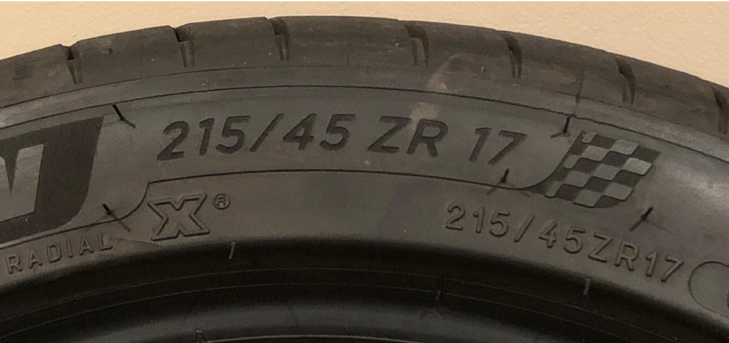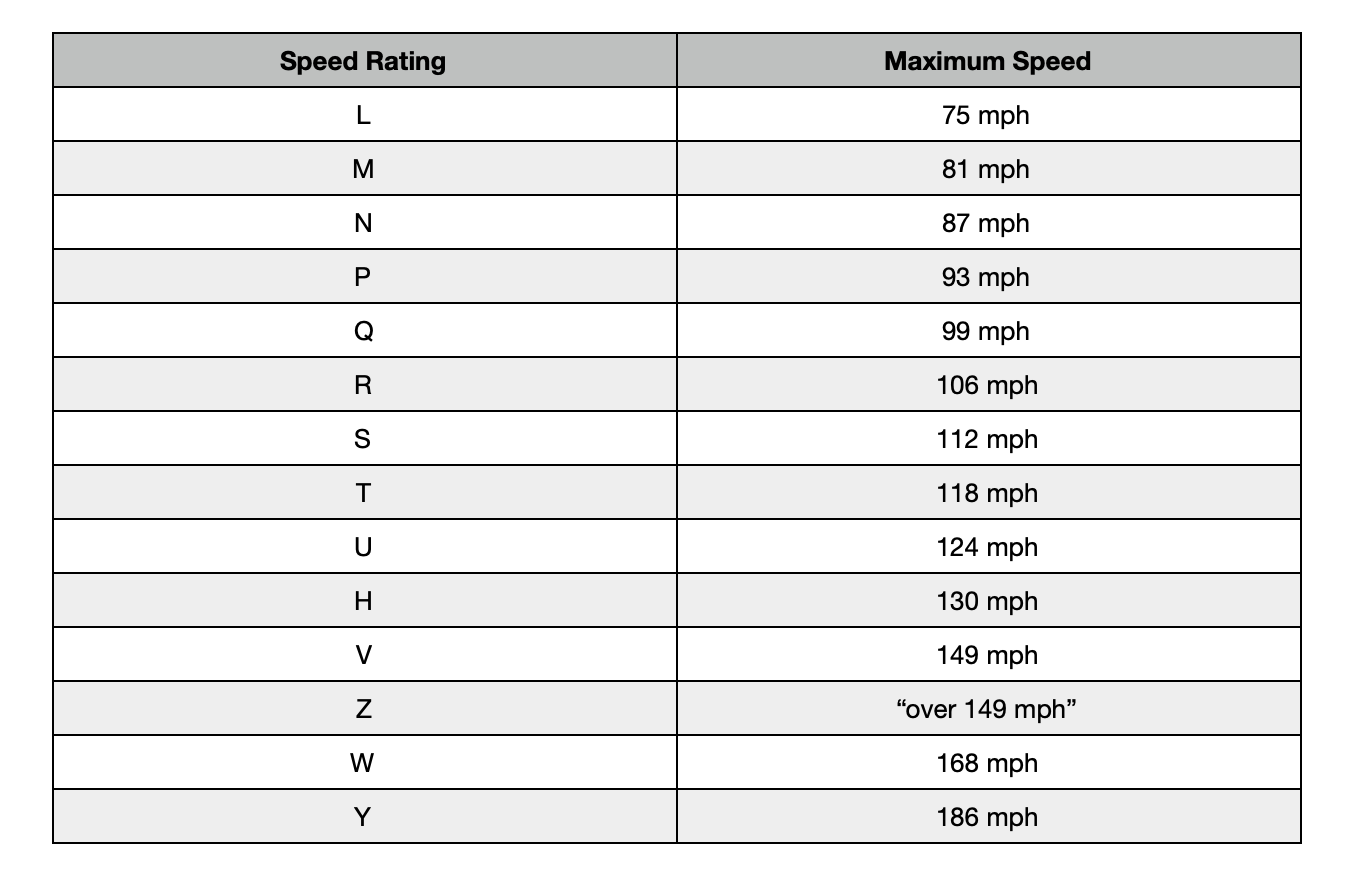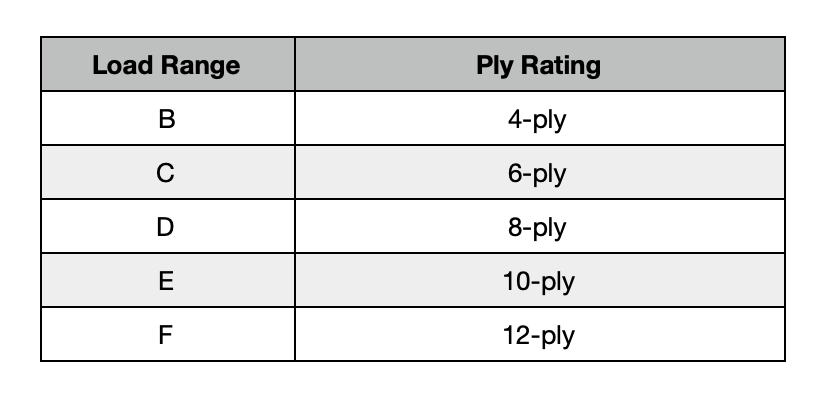Most people don’t think much about the information on the sidewall of their tires, at least not until they need to. When it’s time to replace your tires in McKinney, Texas and you want to get the same tires you currently have, it’s a good idea to understand all that information. As you head out to your vehicle to look at the side of your tire, you might be wondering, “How do I read the sidewall of my tires?” We’re here to help decode the info for you.
The most prevalent markings you’ll notice will be the brand and model of the tire—those are pretty self-explanatory. But what about all the other numbers, letters, and symbols?
Tire Size

The tire size is one of the most important pieces of information you’ll need. In the example above, the tire size is 215/45 ZR 17, so here’s how to read tire sizes:
215: This is the section width of the tire, which is the full sidewall-to-sidewall width in millimeters
45: This number represents the aspect ratio or section height of the tire as a percentage compared to the section width, so this tire has a section height that is 45% of 215mm, or 96.75mm
ZR: This isn’t necessarily relevant to the tire’s size but rather the construction, with the “R” meaning that it’s a radial tire (the Z refers to speed rating, most tires will have construction only here—only Z-rated tires have the speed rating here)
17: This is the wheel size that the tire can be fitted to, in this case, a 17-inch diameter wheel
Load Index and Speed Rating

The “91” in this example is the load index and the “Y” is the speed rating. The speed rating is the maximum speed that a particular tire has been laboratory-tested to safely work up to. Here’s a table showing the speed ratings:

Note: Z-rated tires were at one time the highest speed rating with a generalized “over 149 mph” safety target. With advancements in tire technology and vehicle-speed potential, W- and Y-rated tires were developed with specific top-speed ratings.
DOT Compliance, ID, and Manufacture Date
The DOT (Department of Transportation) compliance number and tire ID state that the tires meet federally-mandated safety standards, and after that information is where you’ll find the four-digit date code as shown above. The first two numbers represent the week the tire was manufactured and the second two are the year. So, in the example above, this tire was produced in the 44th week of 2017.
Other Sidewall Markings

The information listed above shows the most likely information you’ll need, but there’s still a lot of other info on the tires:
M+S: Most all-season tires will have “M+S” on the sidewall which stands for Mud and Snow, meaning they can handle at least light amounts of both.
3PMSF: The three-peak mountain snowflake symbol on the sidewall means that tire meets or exceeds the requirements for severe snow service. This is found mostly on winter tires, but a growing number of all-weather tires can be found with this symbol, too.
Load and pressure limits: Along with the load index listed above, tires in North America will also have the maximum load listed along with maximum pressure. Note: Max pressure is NOT where you should set your tire pressure—use your car’s recommended tire pressure setting.
UTQG rating: The Uniform Tire Quality Grade shows the treadwear grade, traction grade (AA, A, B, C), and temperature grade (A, B, C). The temperature grade doesn’t represent the ambient temperatures the tire can be used it but rather the tire’s ability to generate and dissipate heat built up at certain speeds.
What about ply ratings?
Light truck tires will have the same markings for the most part, but they’re also available with various load ratings, which is listed along with the tire size. This used to be known as the ply rating, referring to the number of cotton layers, or plies, that made up the internal structure.
Although ply ratings aren’t technically used anymore, tires do have a load range scale with a lettering system that corresponds with the old play rating:

Too much info or you’re still not entirely sure how to figure out what tires you need or what the info on your tires is telling you? Contact Zohr online or call/text us at 816-800-9175. One of our tire experts in McKinney, Texas will be happy to help you. And if you need a new set of tires right now, one of our mobile technicians will go to you deliver your new tires directly to you and do the mounting and balancing from our mobile tire shop, just about anywhere that’s convenient for you. No need to waste any of your valuable time sitting around a tire shop.
 8 Cars Going Away in 2020 | Zohr
8 Cars Going Away in 2020 | Zohr
